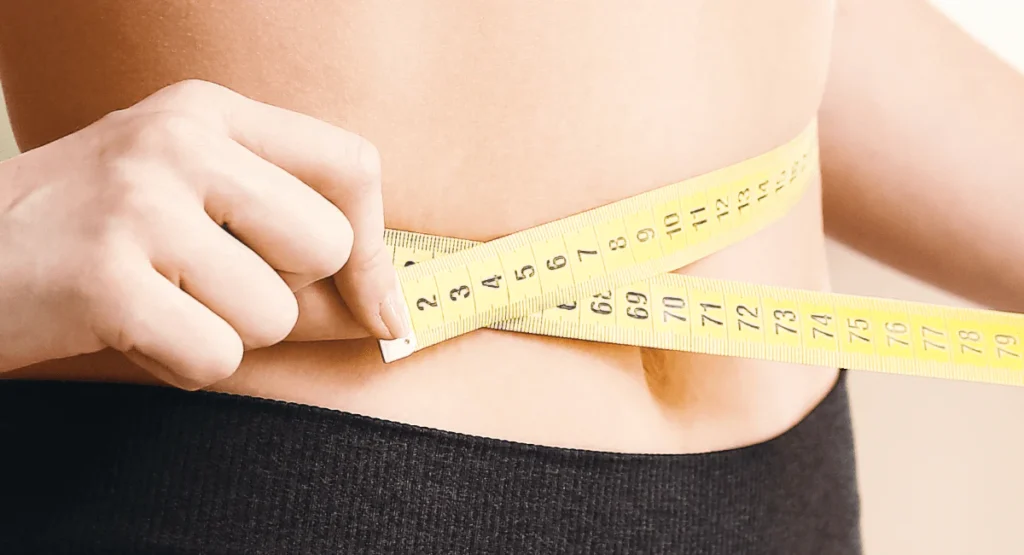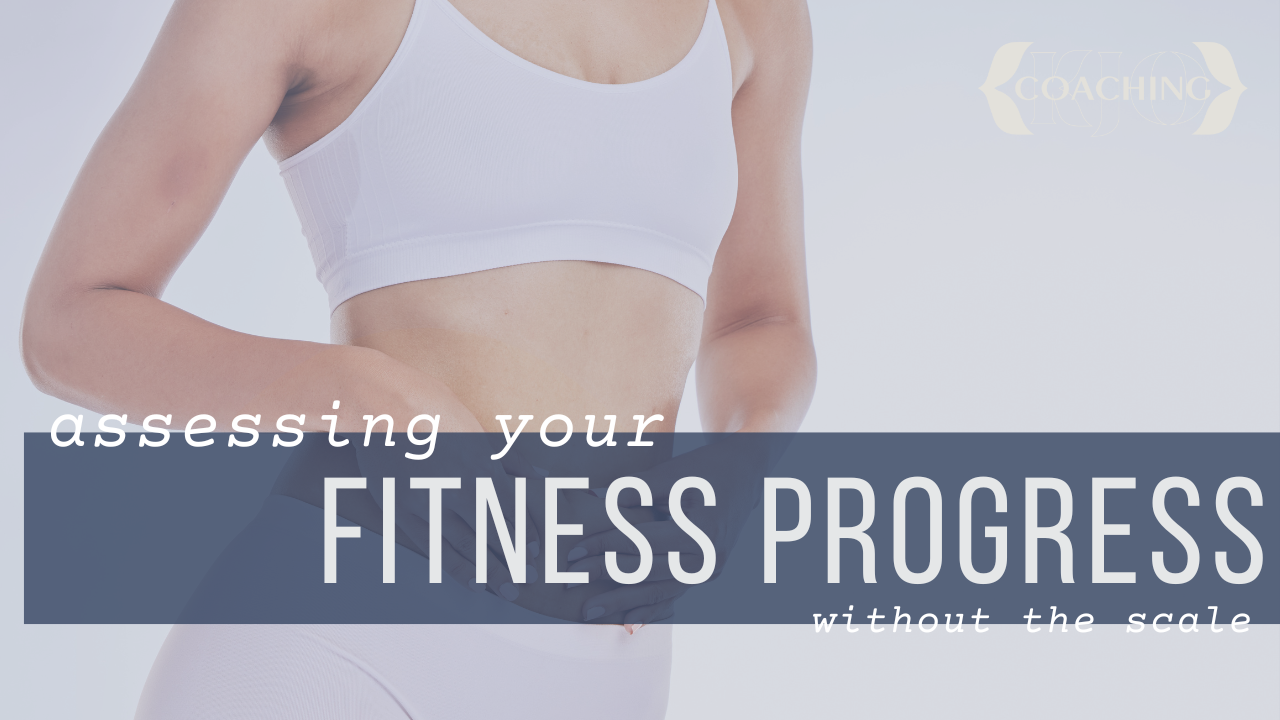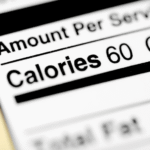Want to get fitter but tired of staring at the same number on the scale? You’re not alone. Many beginners give up because they think the scale is the only way to measure success. But that’s far from the truth.
The good news? You can track your fitness progress without ever stepping on a scale. From better energy to stronger muscles and looser jeans, your body gives you many signs that it’s getting healthier.
This beginner’s guide will show you how to spot and measure those signs the smart way.
Why the Scale Doesn’t Tell the Whole Story

Weight Doesn’t Show Fat vs. Muscle
A pound is a pound, but muscle is denser than fat. That means you might lose fat and gain muscle, but your weight won’t change. This happens a lot when people start strength training or high-intensity workouts.
Your Mood and Motivation Can Drop
Seeing the same number—even when you’re working hard—can make you feel like you’re not making progress. That frustration leads many beginners to quit their routines.
Use Body Measurements to Track Real Results

Grab a Tape Measure and Track Key Areas
Start with simple areas: waist, hips, thighs, chest, and arms. Write down the numbers. Recheck once every month. Even a small drop in inches can mean a lot of progress.
Be Consistent with Measuring Points
Use the same spot and same tightness each time. For example, always measure your waist at the belly button. This gives you more accurate results than the bathroom scale.
Also Read Sculpt Strong, Toned Legs at Home: The Best Beginner Lower Body Workout with No Equipment
Take Progress Photos to See Changes Over Time
Use the Same Pose and Lighting
Choose good lighting and take photos from the front, side, and back. Wear tight clothes or workout gear. Try to stand in the same spot each time.
Review Monthly to Spot Visual Differences
Even if you don’t see changes daily, progress photos over time show better posture, slimmer waistlines, or more toned legs and arms.
Test Your Strength and Endurance Gains
Track What Your Body Can Do
Can you do more push-ups than last week? Can you walk longer without getting tired? These signs show that your body is getting stronger—even if the scale says nothing.
Use Simple Fitness Tests
Try a wall sit, timed plank, or stair climb. Write down how long you can go and check again in two weeks. Improvement here is a big win.
Pay Attention to How Your Clothes Fit
Looser Clothes Can Mean Fat Loss
When pants start to feel roomier or shirts fit better, it’s usually a sign of fat loss. Even if your weight stays the same, your body is shrinking.
Real-Life Feedback Matters
Forget numbers—focus on the fact that your favorite jeans zip up easier or your sleeves feel less tight. That’s a win worth celebrating.
Track Energy, Sleep, and Mood Daily
Use a Journal or Phone App
Each day, rate your energy, mood, and sleep on a scale of 1 to 10. Are you feeling more awake during the day? Do workouts feel easier? That means progress.
Notice Mental Health Improvements
A good workout routine boosts your brain too. More focus, fewer mood swings, and better sleep are great signs of improved health.
Use Fitness Trackers and Workout Logs
Track Steps and Activity with Wearables
Devices like Fitbit, Apple Watch, or basic pedometers track daily steps, heart rate, and sleep. These numbers show how active you are each day.
Log Strength and Cardio Sessions
Write down your workouts. How many sets? What weights? How many minutes? Over time, you’ll see steady gains in strength and endurance.
Celebrate Non-Scale Victories (NSVs)
What Are NSVs?
Non-scale victories include better balance, lifting heavier weights, walking up stairs easier, or staying energized all day.
Why They Matter More Than Weight
NSVs prove you’re getting healthier and stronger—without needing a number. These are the wins that keep you motivated long-term.
Combine Several Tracking Tools for Best Results
Mix and Match for a Full Picture
Don’t just use one method. Try progress photos + strength tests + journal logs. This combo shows how far you’ve come inside and out.
Build a Monthly Routine
At the end of each month:
- Take new photos
- Measure key areas
- Re-test your strength
- Reflect on your energy and mood logs
This helps you stay motivated and goal-focused.
Sample Monthly Progress Tracker
| Metric | Week 1 | Week 4 |
|---|---|---|
| Waist measurement | 36 in | 34.5 in |
| Plank hold time | 20 sec | 45 sec |
| Average daily steps | 4,000 | 6,500 |
| Energy rating (1–10) | 5 | 8 |
| Pants fit | Tight | Comfortable |
Frequently Asked Questions (FAQs)
Q: How often should I track fitness progress?
Once a week for workouts and energy. Once a month for photos and measurements.
Q: Are smartwatches and fitness trackers reliable?
They’re good for tracking habits and progress trends, even if not 100% accurate.
Q: What if I don’t see changes in the mirror?
Give it time. Use strength tests, energy levels, and measurements to see invisible changes.
Q: Can I lose fat and still weigh the same?
Yes! That usually means you’re gaining lean muscle while burning fat.
Q: How do I stay motivated without a scale?
Focus on wins: clothes that fit better, stronger lifts, more energy, and better sleep.
Final Thoughts: Your Body is More Than a Number
If you’re starting a fitness journey, remember this—the scale is just one tool, and not always the best one. You can track your body’s transformation through strength, confidence, and how you feel every day.
Real fitness is about moving better, feeling stronger, and living healthier. So stop chasing a number. Start noticing the signs that your hard work is paying off.
Are you ready to track your fitness the smarter way?










